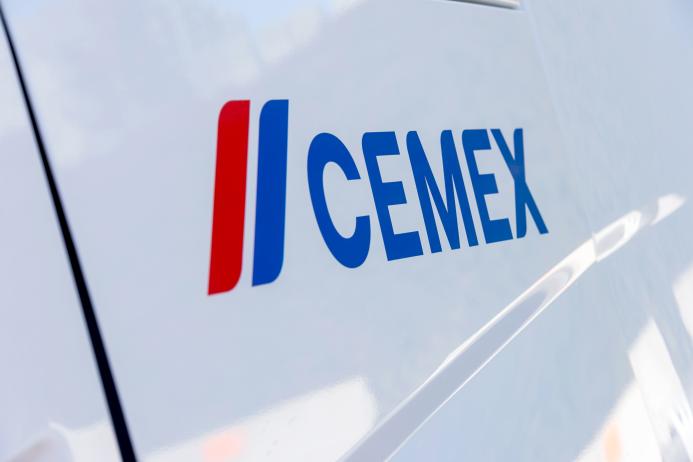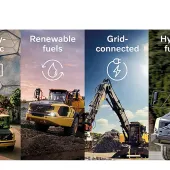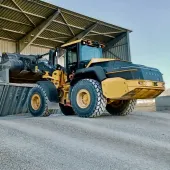Funding awarded for Cemex-led decarbonization project
Company receives £400,000 grant for research project into the use of graphene in concrete
CEMEX have been awarded funding from Innovate UK’s decarbonizing concrete fund for a research project into the use of graphene in concrete. The use of graphene within a concrete mix has the potential to significantly reduce CO2 emissions by using less material whilst still achieving the same structural performance.
The £400,000 grant has been awarded as part of a consortium that Cemex will lead, working in partnership with Galliford Try, Sika, Northumbria Water, and the Graphene Engineering Innovation Centre (GEIC) at the University of Manchester.
Mike Higgins, national technical manager for Cemex UK, commented: ‘The funding further demonstrates our continued commitment to developing more sustainable construction materials and bringing them to market.
‘It is a great example of how partnership working across the construction sector and alongside academic institutions can drive innovative new approaches that aim to bring about additional benefits for the built environment, as it continues its journey towards a more sustainable future.’
The project proposes an innovative approach to decarbonizing concrete by integrating micronized limestone and graphene-based admixtures into the concrete mix, targeting the reduction of embodied carbon emissions associated with concrete production.
This innovation addresses the challenge by reducing the reliance on Ordinary Portland Cement, which is responsible for a significant portion of concrete's carbon emissions. The use of micronized limestone as a supplementary cementitious material reduces the need for Ordinary Portland Cement, thereby decreasing CO2 emissions.
Additionally, incorporating graphene, a novel 2D material, enhances the mechanical properties of the concrete, allowing for the use of higher supplementary cementitious material content without compromising early-age strength development.
The addition of graphene also helps to ensure that when used in conjunction with a high supplementary cementitious material content, including micronized limestone, the mix yields lower carbon concrete with traditional or reduced curing time. This extends the use of low-carbon supplementary cementitious materials to applications where traditional strength development is needed to meet programme requirements.
According to Cemex, graphene-enhanced concrete can be used like standard concrete, which means that no new equipment or training is required in the batching or laying process. As well as benefitting from a reduction in CO2 emissions, this also has the potential to be commercially viable for the customer without additional costs, often associated with new ways of working, being incurred.
James Baker, CEO at Graphene@Manchester, commented: ‘The bid further strengthens GEIC’s reputation to work with industry and its supply chain for the scale-up and commercialization of graphene. The potential for graphene-enhanced concrete to significantly reduce CO2 emissions during manufacturing is a major step forward in sustainable construction.’










